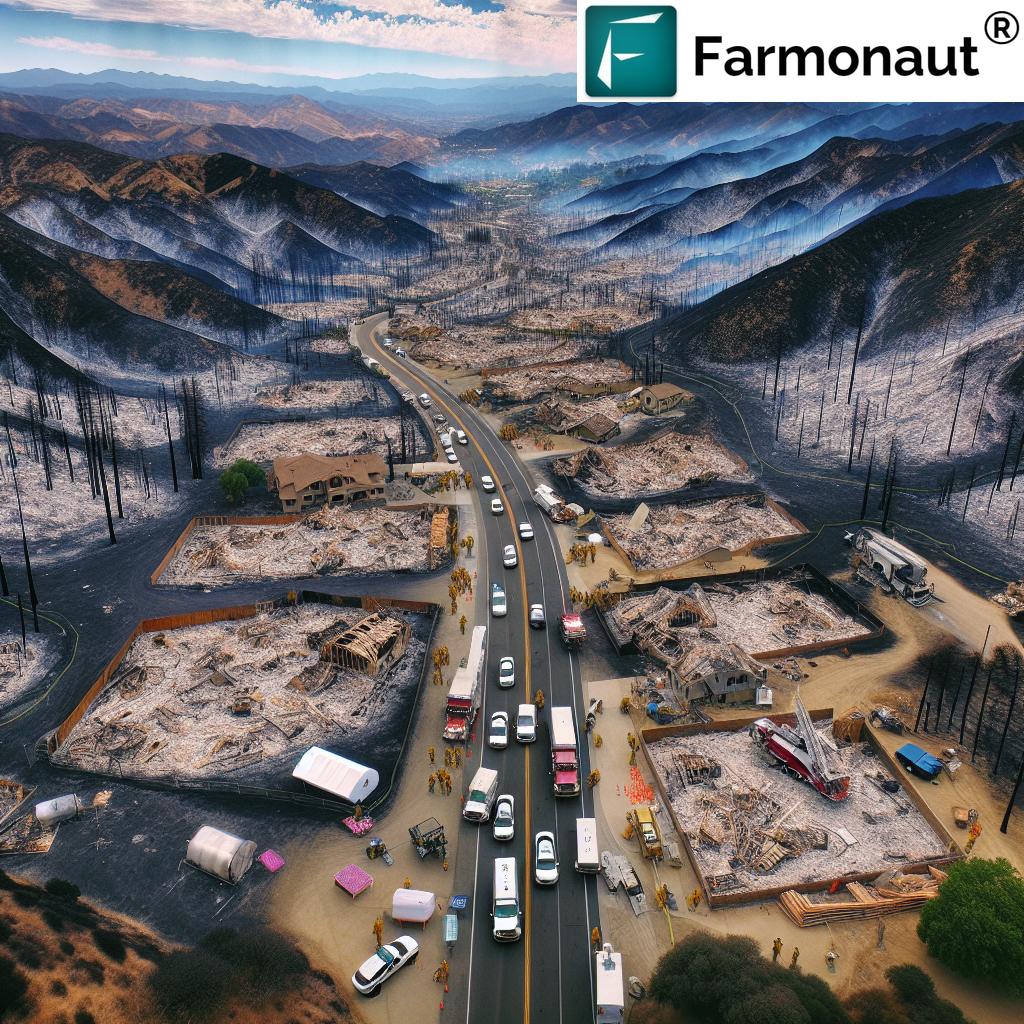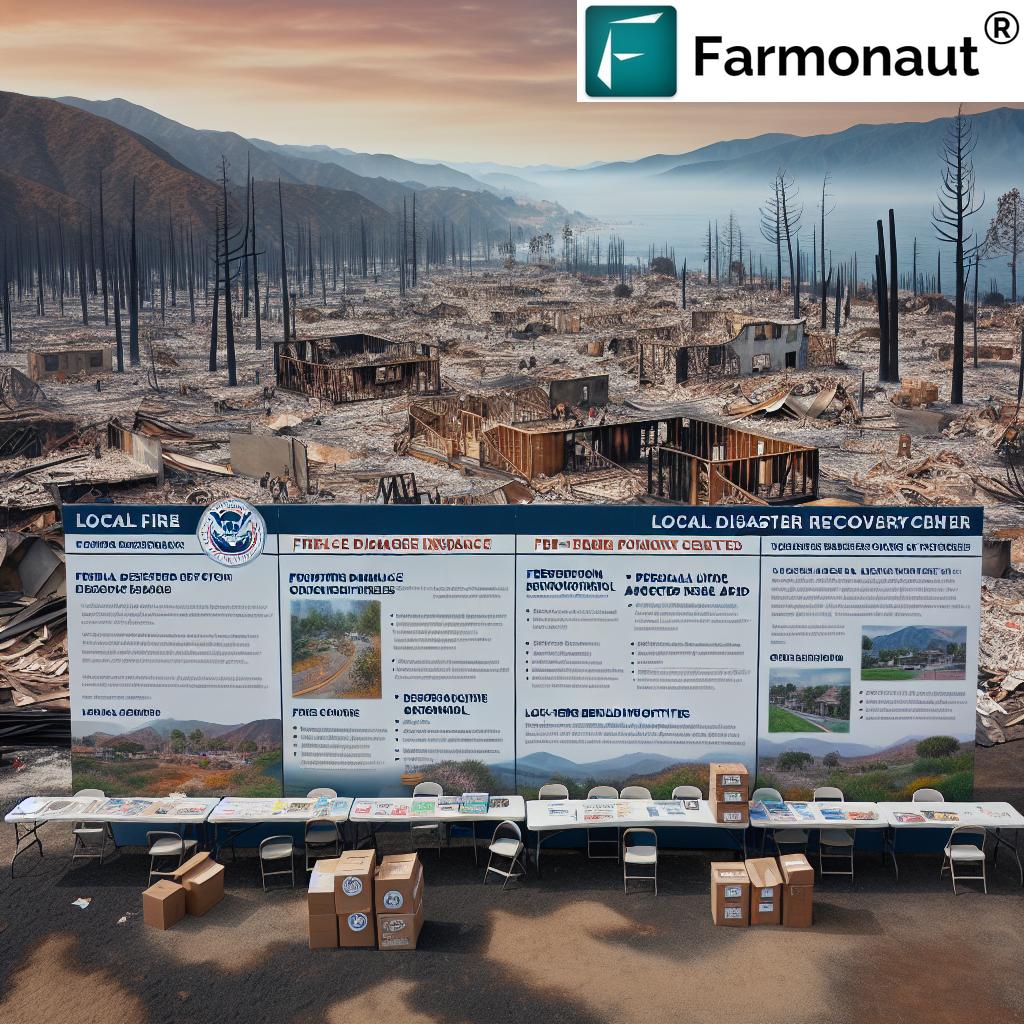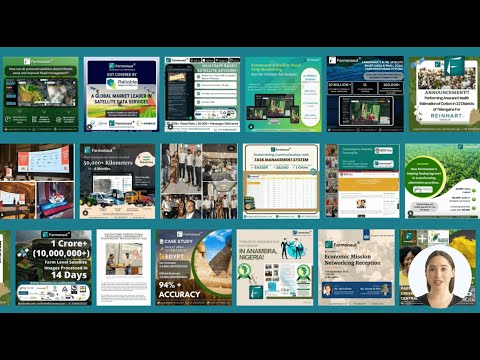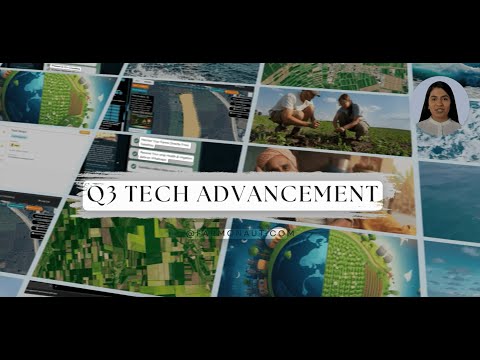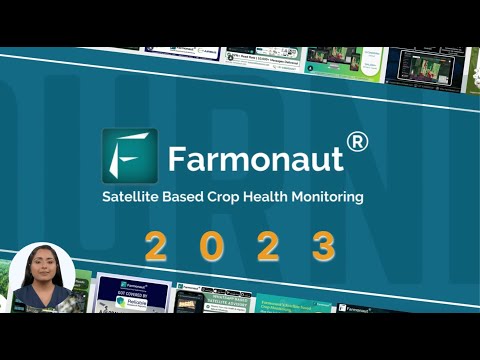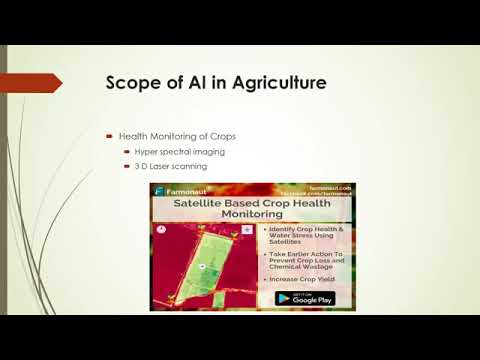Mountain Fire Ventura County 2025: Urgent Disaster Recovery Guide
“Over 30,000 Ventura County residents were affected by the 2025 Mountain Fire, requiring urgent disaster recovery assistance.”
Overview & Introduction: Mountain Fire Ventura County 2025
In November 2025, the Mountain Fire Ventura County 2025 unleashed devastation across a wide swath of Ventura County, with communities like Somis, Camarillo (including Old Coach Drive, Esteban Drive, and Cerro Crest Drive areas), and outlying agricultural zones deeply affected. We have all witnessed wildfires before—but for the residents of Ventura County, this fire brought not just physical destruction but an ongoing struggle for disaster recovery assistance.
While just miles away, LA (Los Angeles) communities struck by the Palisades and Eaton fires gained access to FEMA (Federal Emergency Management Agency) and philanthropic support, the Mountain Fire disaster zone saw a starkly different story unfold.
Our Mountain Fire Ventura County 2025: Urgent Disaster Recovery Guide explores the disparities, the insurance dilemmas, the resources available, and above all, what we in the community can do better—together.
Immediate Impact of the Mountain Fire Ventura County 2025
Key Impacts and Affected Areas
- Destruction: Over 182 houses and structures destroyed, with significant property loss concentrated in Somis and Camarillo.
- Community Displacement: More than 750 households directly impacted, as official tallies estimate over 30,000 residents feeling the ripple effects through lost homes, agriculture, and community resources.
- Contrast in Recovery Support: Unlike neighboring LA areas hit by January fires, Ventura County’s Mountain Fire was not federally declared a major disaster, shutting out many standard forms of federal disaster recovery assistance.
The AP photo series from Wednesday, April 16, 2025, captures the devastation: families like the Naims and McNetts stand among the ruins of their properties, their lives upended, their driveways lined with caution tape, their mailboxes and familiar landmarks lost to the blaze.
- The mountain fire left behind empty lots, shell structures, and scorched landscapes—reminders that disaster is not defined solely by policy or funding thresholds, but by the suffering and challenges of real people.
- Local officials—such as Supervisor Jeff Gorell—have consistently highlighted the need for more substantial state and local disaster aid, pointing out the high stakes for urgent, long-term recovery support.
As the debris settles, the glaring gap in available disaster recovery assistance California becomes increasingly evident for the impacted households of Ventura County.
Fire Damage Insurance Options & Coverage Challenges in 2025
The Hard Reality: Insurance Gaps and Cost Barriers
- Insurance, theoretically a safety net, proved to be a minefield for many of us. The number of Californians relying on the FAIR plan (California’s insurer of last resort) more than doubled to 555,000 policies since 2020.
- Yet, only 42% of homes damaged in the Mountain Fire had sufficient fire damage insurance coverage to fully rebuild or recover. Skyrocketing premiums and inadequate payouts left many families in financial limbo.
For instance, survivors such as Hatim Naim canceled their policies after seeing their premiums jump from $19,000—with warnings it could double again. Even those who kept coverage worried the final payouts would not keep up with the soaring post-fire costs of labor and materials (further aggravated by tariffs).
- Others, including the McNetts, took out Small Business Administration (SBA) loans to bridge the gap, in hopes their insurance would be enough for reconstruction of burned property.
- Our community finds itself at the mercy of volatile insurance markets and rising expenses, making the journey back from disaster more daunting.
“Only 42% of fire-damaged homes in Ventura County 2025 had adequate insurance coverage for full recovery.”
Fire Damage Insurance Options: What Are Your Choices Now?
Given the realities, let’s review and compare approaches available to us:
- Standard Insurance Policies: Provided by mainstream carriers but often exclude high-risk wildfire areas or demand unsustainable premiums.
- California FAIR Plan: A last-resort safety net, but increasingly expensive and, for many, offering only minimal coverage.
- SBA Disaster Loans: Federal loans that supplement (but do not replace) insurance, with debt burdens attached. Many survivors, with nowhere else to turn, are forced into significant long-term liabilities.
- Satellite-Based Insurance Verification: While designed for agricultural risk (like crop loss verification), innovative satellite monitoring and remote verification platforms—such as those offered by Farmonaut—are enabling lenders and insurers to quickly validate disaster claims and accelerate financial aid for farmers. These tools reduce fraud and unlock capital when it’s needed most, benefiting impacted agricultural households.
The takeaway is clear: while we have various fire damage insurance options on paper, real-world effectiveness hinges on affordability, claims processing speed, and having supplementary tools like satellite verification for agriculture.
Disaster Recovery Assistance California: What’s Available Locally?
No FEMA Disaster Assistance—What Now?
A core frustration for Mountain Fire survivors is that the fire was not federally declared a major disaster. That means:
- No FEMA programs for immediate cash relief, temporary housing, or up to $43,600 to repair/replace homes.
- No access to free legal, mental health, or disaster case management programs which are standard for federally declared disasters.
- No federal extensions for taxes, passport replacement fee waivers, etc.
- Significant delays in recovery as we rely on uncertain state and local disaster aid programs.
The Federal Emergency Management Agency (FEMA) uses formulas based on local resource capacity, fiscal limits, and severity to determine disaster declarations. As a result, one in four disasters nationwide receive federal designation—and many, like ours, are left out.
“Disasters that are beyond the capability of the local government to address and less severe than the federal government would support—that is an area with a lot of potential pain.”
—Chris Smith, former Director of FEMA’s Individual Assistance Program (2015–2022)
For disaster recovery assistance California, we now depend on:
- Ventura County Long Term Disaster Recovery Group: Local case management and volunteer-driven support for basic needs.
- Interface 211 Ventura County: Central hub for connecting survivors to resources (food, housing, legal guidance).
- Ventura County Community Foundation (VCCF): Philanthropic hub, raising and distributing funds to impacted households. Previous fires saw up to $75,000 per household; now, donor fatigue means just $2,750 per household was available immediately after the Mountain Fire.
- Local Love Project: Pop-up stores for free essentials, staffed by volunteers and past fire survivors.
- Blockchain-Based Traceability Solutions: While focused on agriculture (tracking production from field to consumer), platforms like Farmonaut increase transparency and trust within our local supply chains—a key benefit when ensuring donated resources reach those most in need after disasters.
Although much of the assistance is stopgap and contingent on local donations, our community’s resilience grows through these concerted, grassroots efforts.
FEMA Disaster Assistance Requirements: What Qualifies?
It is important to highlight, for advocacy, that FEMA disaster assistance requirements are based on more than just headline numbers.
- The scale of economic damage, available state/local resources, and severity (relative to national thresholds) all count.
- For many so-called “low-attention disasters” like the Mountain Fire, the numbers simply don’t add up for a federal declaration, leaving survivors in limbo.
That’s why state-level solutions, such as the bill introduced by Assemblymember Jessica Caloza of Los Angeles to create a California individual assistance program, are critical for future disaster resilience.
Wildfire Impact and Recovery Resource Comparison Table
Community Resources for Wildfire Recovery & Long-Term Support
Ventura County: How We’re Supporting Impacted Households Wildfire Relief
As federated or state-level assistance lags, Ventura County has mobilized local aid partners, nonprofit leaders, and the faith community to provide wildfire relief—often using creative, people-powered solutions. Here’s how our community drives long-term disaster recovery support:
- Donor Networks: Over 800 local donors gave to VCCF’s wildfire initiative. While initial capacity allowed $2,750 per household, ongoing campaigns seek to raise the bar for meaningful aid.
- Local Love Project: Regular pop-up ‘stores’ supply essentials free of charge and connect survivors with peer mentors who rebuilt after previous fires.
- Faith-Based Outreach: The faith community has adopted a new model, proactively “adopting” affected families to provide one-on-one help, logistics, and advocacy as needs arise.
- Community Foundation Coalitions: VCCF, in partnership with local leaders, advocates for expanded relief, targeted rental assistance (given the LA–area rent surge), and streamlined recovery processes.
- For agricultural and forestry resilience, precision tech is crucial—explored below in the Farmonaut section.
Rebuilding After Wildfire: What Can Impacted Households Do Next?
- Reach Out: Visit community resource centers for food, shelter, and legal aid.
- Philanthropy: Consider applying for aid from Ventura County Community Foundation and participating nonprofits.
- Seek Case Management: Volunteer and faith-based guides can help chart a path through scattered services.
- Document Losses Early: For insurance or SBA loans, solid documentation and satellite verification (especially for rural/agriculture) can speed claim approvals.
- Embrace Digital Solutions: Leveraging technology like Farmonaut’s carbon footprinting can help document environmentally responsible rebuilding—leading to potential grant eligibility.
Debris Removal Program California & Environmental Challenges
Removing fire debris (charred building materials, hazardous waste, ash, and other remains) is a cornerstone of both health and environmental recovery after wildfire. For the Mountain Fire Ventura County 2025:
- The county pays up to 25% of the costs for the debris removal program in California—a heavy burden as estimates for cleanup run to $7 million.
- While LA disaster zones receive full reimbursement via federal channels, Mountain Fire-affected areas must lobby the state government for equivalent support.
- Supervisor Jeff Gorell has called for temporary permitting accommodations to accelerate cleanup and rebuilding, though some waivers (like environmental review suspensions) were denied.
- Technical Assistance: The state has provided some support in opening a local recovery center and sharing best practices for safe disposal.
- Modern fleet/resource management—key for efficient, environment-friendly debris handling—can be enhanced using platforms with satellite monitoring, as discussed in the Farmonaut technology overview below.
Farmonaut: Technology Empowering Disaster Recovery, Agriculture & Environmental Monitoring
Who Is Farmonaut and How Can We Leverage Advanced Agri-Tech in Recovery?
As we rebuild, precision technology is our ally. Farmonaut provides advanced, satellite-based farm management tools for farmers, local governments, and disaster recovery organizations around the world—including Ventura County.
- Satellite-Based Crop & Resource Monitoring: By using multispectral satellite imagery, Farmonaut monitors vegetation health, soil moisture, and environmental changes in real time. After wildfires, this is invaluable for damage assessment and prioritizing restoration of agricultural lands.
- Jeevn AI Advisory System: Delivers personalized, actionable insights to farmers hit by disaster, helping them optimize limited resources during regrowth and avoid further losses.
- Blockchain Traceability: Strengthens consumer and supplier trust during recovery, ensuring that food and material supply chains remain transparent from local field to LA and beyond.
- Fleet & Resource Management: Efficiently organizes cleanup equipment, transport, and rebuilding fleets for counties and cooperatives—streamlining logistics in real time (see Fleet Management).
-
Carbon Footprinting: Assists agricultural entities in tracking emissions, supporting eligibility for green recovery grants, and fostering compliance with new rebuilding standards.
Visit: Farmonaut Carbon Footprinting -
API Access & Data Integration: For researchers, developers, or official agencies seeking up-to-date field-level data, Farmonaut’s API allows seamless integration of satellite and weather data for recovery planning and resource distribution.
Try it here: API Access |
API Developer Docs
Why Use Farmonaut Post-Fire?
- Enables accurate, satellite-verified insurance and loan claims—enhancing eligibility and speeding up aid for agricultural households.
- Improves disaster recovery management by giving county officials real-time maps of burned, accessible, or contaminated land.
- Supports long-term resilience via tools for forest, plantation, and large scale farm management.
Access Farmonaut on web/mobile:
Farmonaut Platform
Find subscription options for every scale—individual farmers, cooperatives, NGOs, and governments—below.
Rebuilding After Wildfire: Next Steps & Future Preparedness
The journey to rebuild after wildfire is a marathon, not a sprint. For Ventura County’s survivors, our collective advocacy must focus on the following:
- Push for State-Level Support: Support policy proposals to fund an individual disaster assistance program in California—bridging the regional gap when FEMA is not available.
- Advance Local Case Management: Encourage national nonprofits and existing agencies to share training and best practices, expanding access for all future impacted households.
- Support Insurance Reform: Demand equitable fire damage insurance options for everyone, not just those in major metros.
- Adopt Modern Tech: Use satellite-based monitoring and AI-powered advisory (as from Farmonaut) to make all stages of disaster preparation, response, and recovery smarter and more accessible—especially for our agricultural and rural areas.
- Build Resilient Communities: Amplify the work of resource centers, mutual aid groups, and philanthropic coalitions so no household stands alone after the next disaster.
How Can You Join In?
- Volunteer or donate to local disaster relief foundations.
- Lobby your elected officials to expand state and local disaster aid eligibility requirements.
- Share and use digital tools like Farmonaut for monitoring and rebuilding projects.
- Encourage awareness around wildfire insurance gaps, rental market strain, and long term disaster recovery support.
FAQ: Mountain Fire Ventura County 2025 & Disaster Recovery
- Q: Was the Mountain Fire Ventura County 2025 declared a federal disaster?
- No, the Mountain Fire was not federally declared, making standard FEMA disaster assistance programs and funding unavailable for many Ventura County survivors.
- Q: What are the main differences in recovery assistance between LA and Ventura County fires in 2025?
- LA fire survivors accessed FEMA aid and large-scale philanthropy, while Ventura County households relied on state and local disaster aid, smaller one-time grants, and grassroots support networks.
- Q: How can impacted households in Ventura County access disaster recovery assistance?
- By contacting the Ventura County Long Term Disaster Recovery Group, Interface 211, Ventura County Community Foundation (VCCF), Local Love Project, and faith-based resource centers. For agricultural and crop losses, leveraging satellite-based verification (e.g., via Farmonaut’s Crop Loan & Insurance platform) can expedite claims.
- Q: How can I improve wildfire insurance coverage?
- Review and update your policy to ensure wildfire coverage is current; compare FAIR Plan rates; advocate for broader insurance reform; and use satellite or technology-based monitoring to support accurate, rapid claims in the event of fire damage.
- Q: What digital tools are available for wildfire disaster management in California?
- Platforms like Farmonaut provide satellite-based monitoring, AI-based advisories, blockchain for traceability, fleet management for debris removal, and carbon footprinting for sustainable rebuilding. These tools benefit farmers, cooperatives, and governments extending immediate and long-term wildfire recovery assistance.
- Q: Where can I download or access Farmonaut’s agricultural management tools?
- Access via web at Farmonaut App, through the Android and iOS mobile stores, or via API for custom integrations. Subscription options are available for all scales of operation.
Conclusion: Toward a More Equitable, Technology-Driven Disaster Recovery
The Mountain Fire Ventura County 2025 revealed deep disparities in disaster recovery assistance California, especially when compared to the LA region’s federally declared disasters. As a community, we face the challenge head-on: closing insurance gaps, organizing effective community resources wildfire recovery, leveraging technology for smarter debris removal and resilient rebuilding, and advocating for inclusive state and local disaster aid.
Platforms like Farmonaut empower all of us—be it governments orchestrating relief, farmers ensuring supply chain trust, or impacted families seeking proof for insurance claims. By integrating data-driven solutions and grassroots efforts, we can transform long term disaster recovery support into a community-wide movement, resilient not just for the next fire, but for every disaster we may face together.
